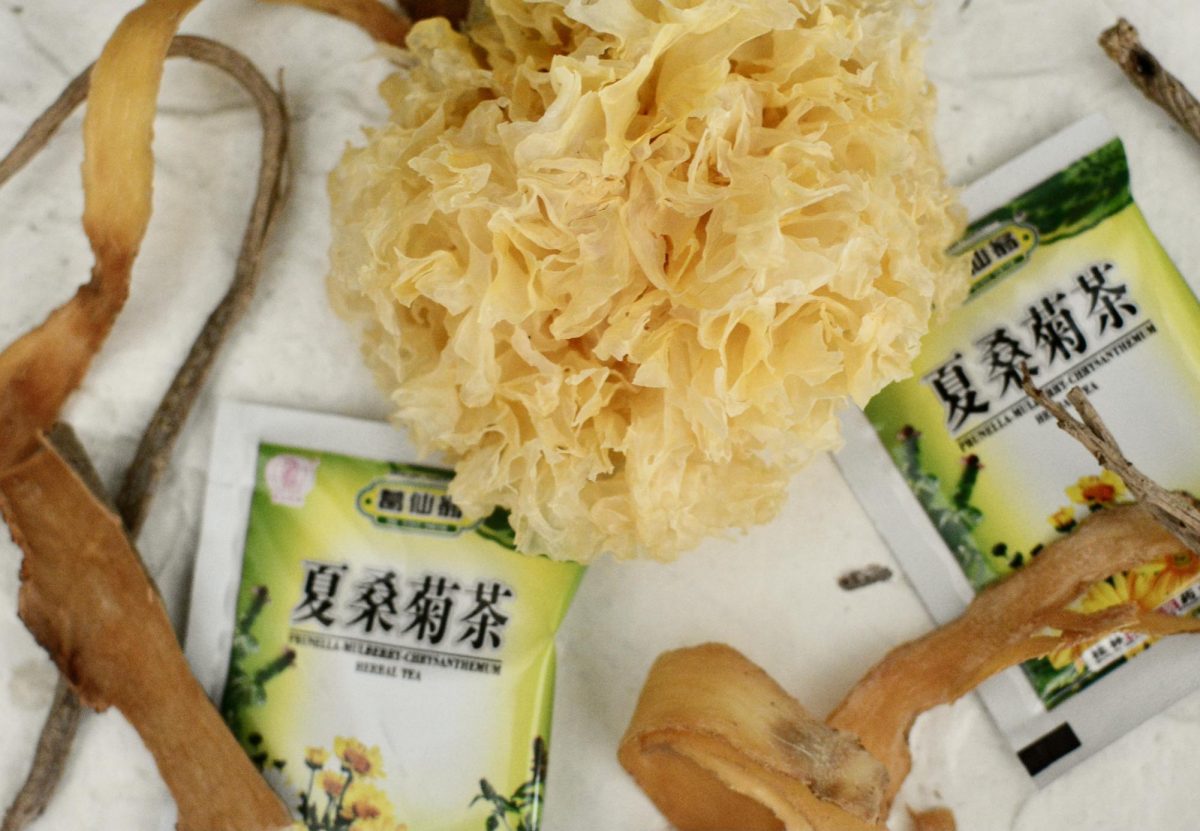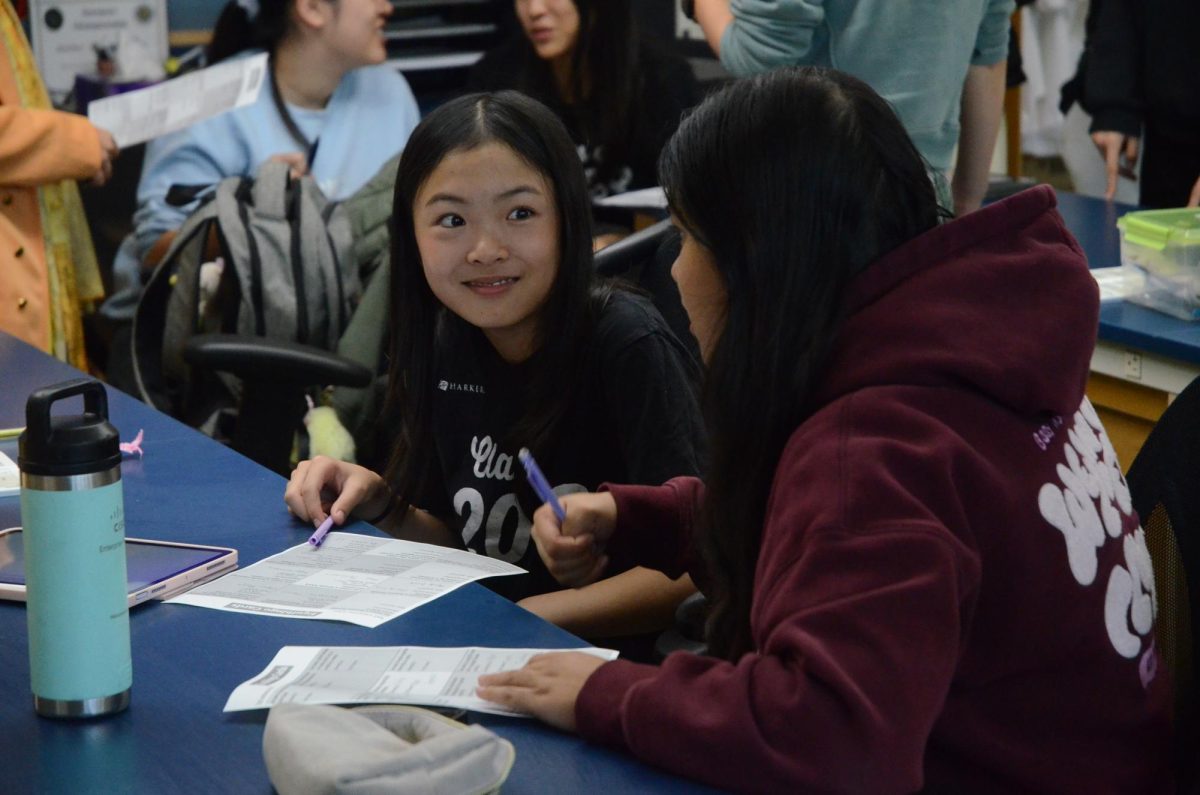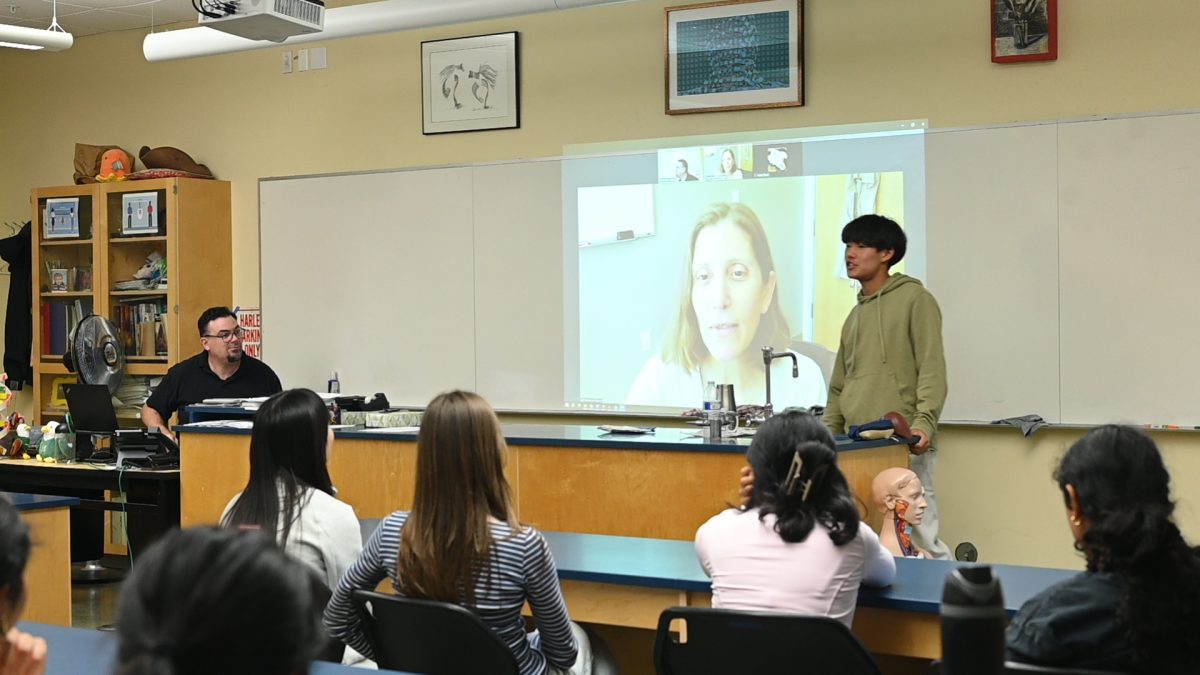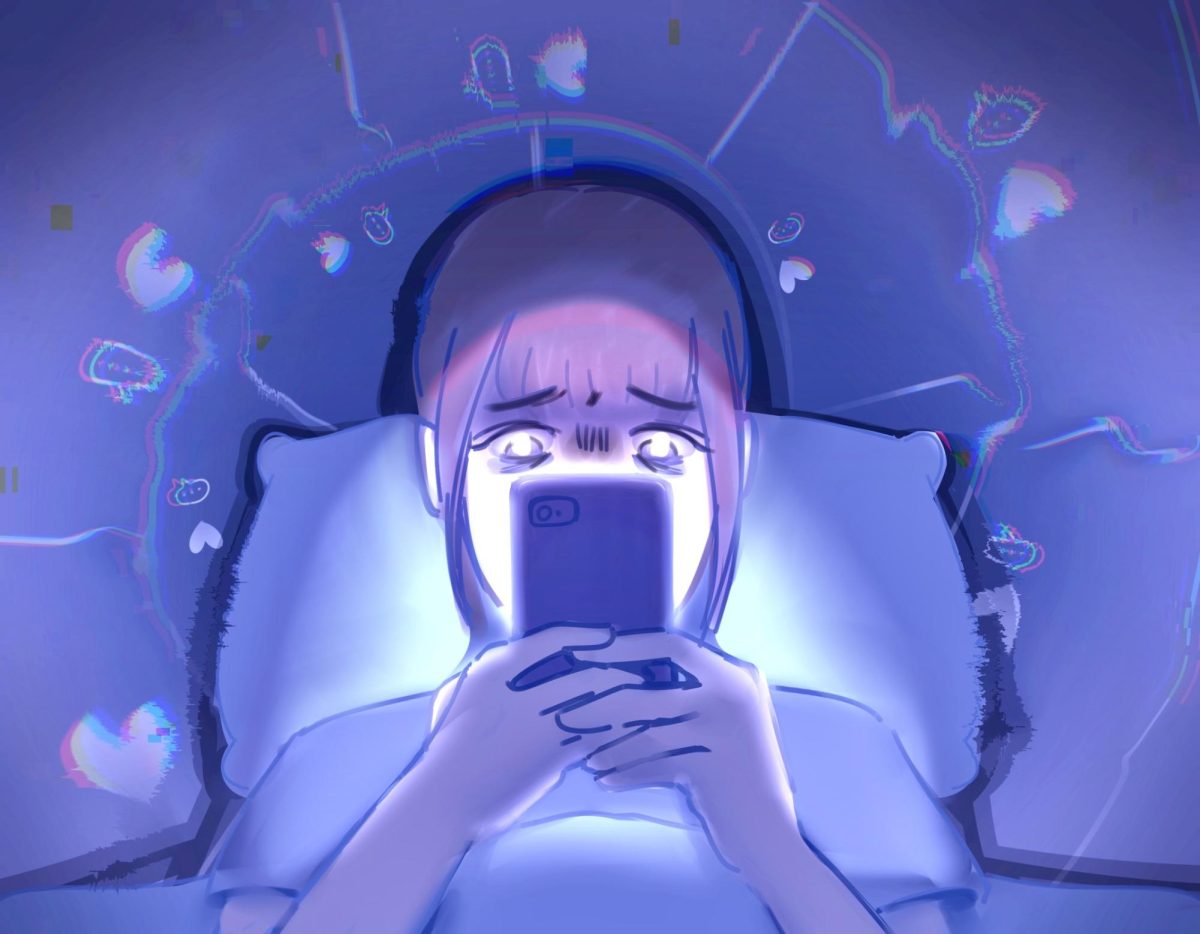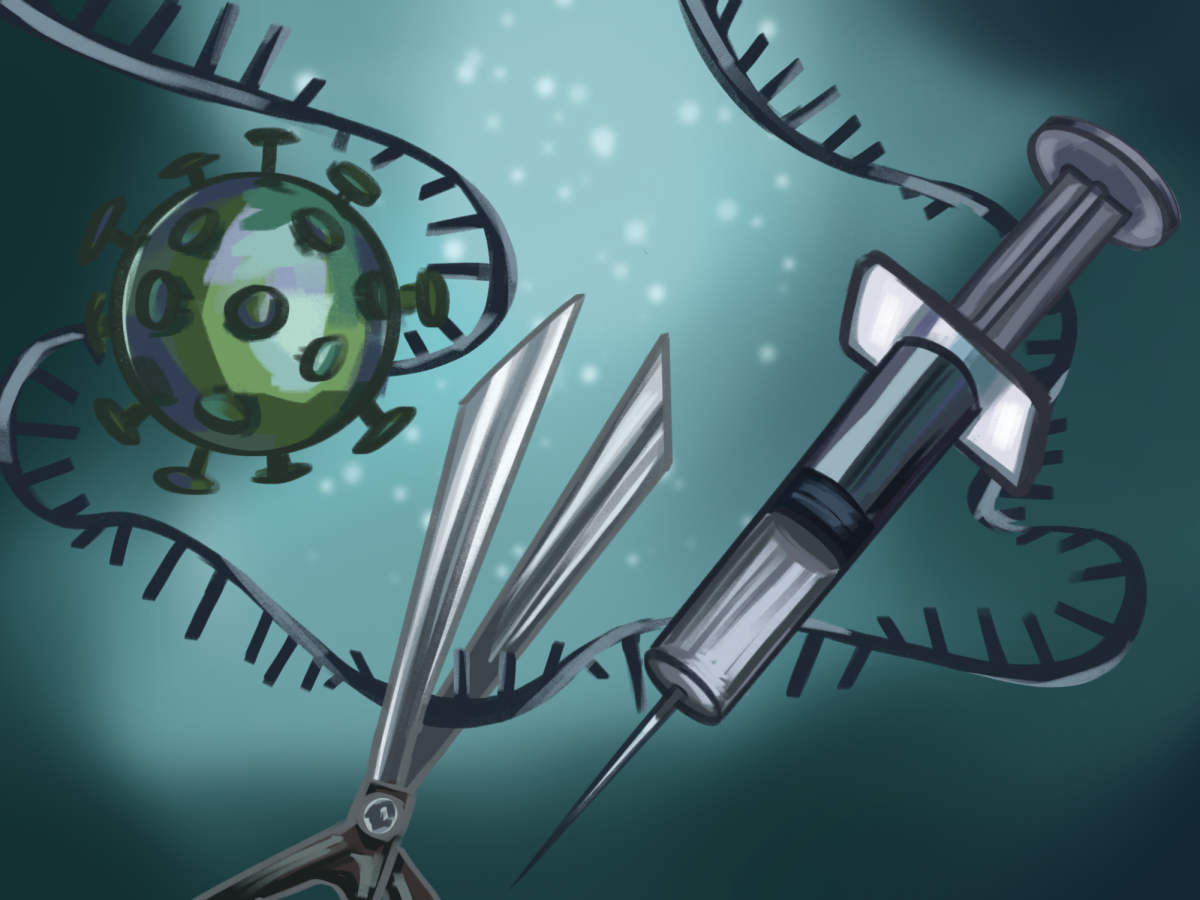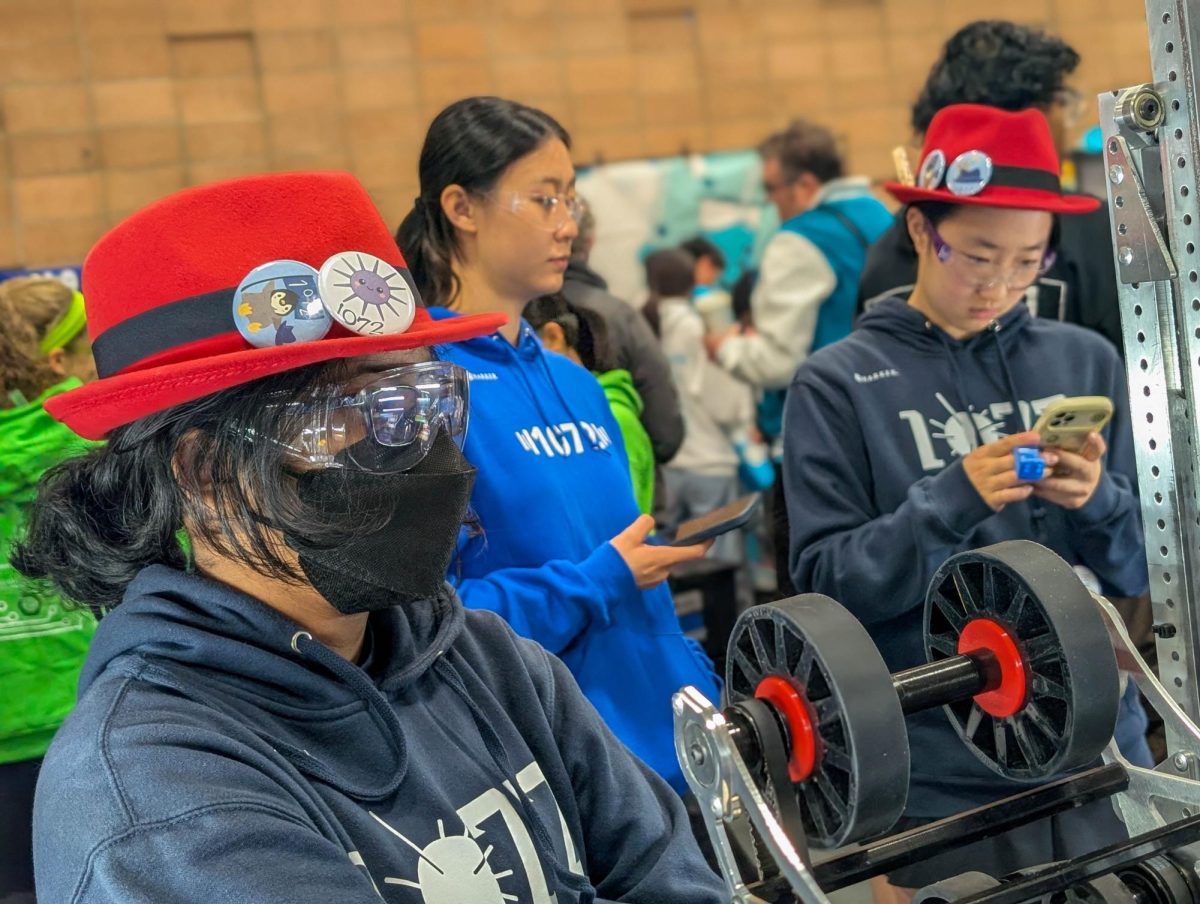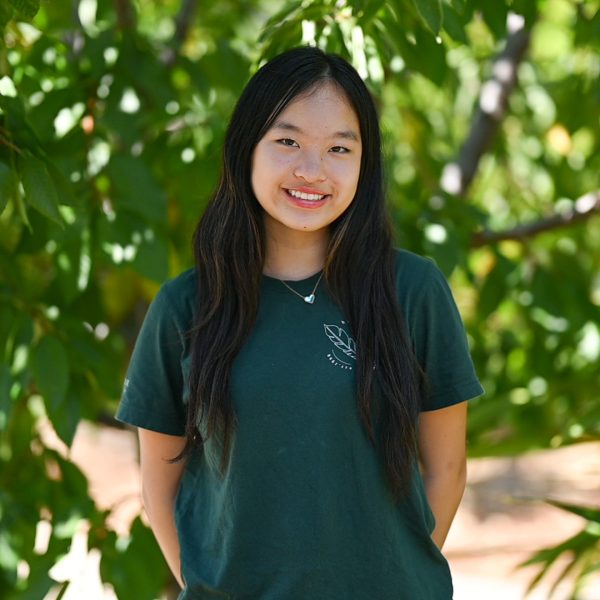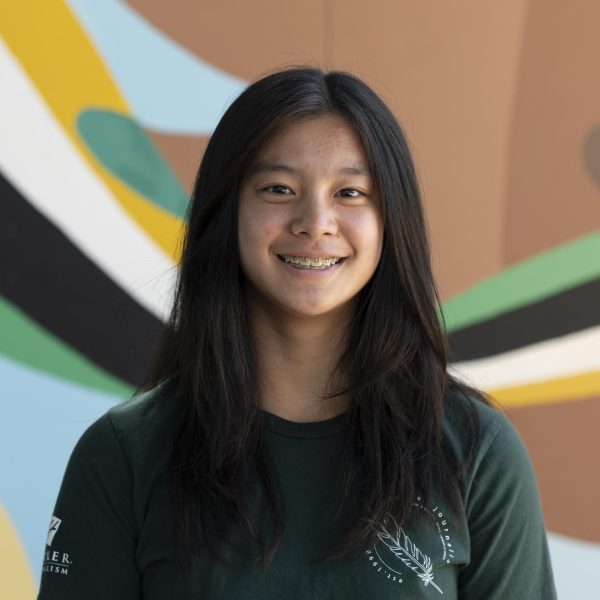Nearly 2200 years ago, Emperor Huang-ti compiled the “Huangdi Neijing,” a foundational text that explained the philosophy of Chinese medicine and introduced practices that still influence modern therapies today. This manuscript established the concept of Qi, the vital energy believed to flow through the body, along with two additional essences: Jing and Shen. According to traditional beliefs, disturbances in Qi, Jing or Shen can lead to an imbalance in the body’s internal equilibrium, potentially resulting in illness.
Chinese medicine employs both physical and oral therapies to restore balance to the body’s essences, as well as yin and yang, which are the fundamental forces that govern health and disease. Acupuncture, one of the most well-known Chinese therapies, involves inserting needles into specific points along the body’s meridians, or Qi pathways. This practice is believed to restore the flow of energy and stimulate endorphins, the body’s natural painkillers.
Swimmer Jason Li (12) often uses acupuncture to alleviate his injuries.
“Acupuncture definitely works the best,” Jason said. “You can go to acupuncture for insomnia, back pain, chronically dry eyes — those are some of the things I went there for. I feel like acupuncture really did help [my] symptoms become much, much better.”
While many doubt the efficacy of acupuncture, modern research identifies the mechanisms behind this practice. Acupuncture is proven to stimulate nerve fibers that send signals to the brain and spinal cord, altering the body’s perception of pain. By enhancing the link between the peripheral and central nerves, acupuncture accelerates restoration of the body’s motor function.
Many student-athletes also use “cupping,” where practitioners use hot glass cups to create a “vacuum” on the skin to relieve muscle pain and strengthen pathogen resistance. This process, known as hyperemia, increases blood circulation by drawing blood to the skin’s surface. Cupping delivers oxygen to the tissue, reducing inflammation and accelerating recovery.
“I’ve gotten cupping therapy, and it’s hard to say if it worked or not,” Jason said. “What I did notice is that over time, my body responded better, where the marks that appeared afterwards became significantly lighter in color. The darker your spots are, the more that symbolizes Qi stagnation because your body isn’t able to expel the toxins as well. When I first [started] cupping, my marks were near black.”
Diet plays a critical role in maintaining the equilibrium of yin and yang. “Hot” foods are healing for digestion and circulation, and “cold” foods are thought to disrupt the body’s balance and slow metabolism. For example, ginger is considered a “hot” ingredient and is commonly used to increase internal body heat.
Chinese medicine user Erika Wang (11) values the health benefits associated with these specific foods, which her family often uses to treat illness.
“Whenever I’m sick, my grandma and my mom will make hot chicken soup,” Erika said. “I’m open to the idea of some food being inherently more healthy. It’s the same concept as Western medicine but with a Chinese perspective, like food that’s ‘hot’ and ‘cold’ for your body.”
With nearly 12,800 traditional oral medicines, many can be studied for their pharmacological properties. Ginseng roots are shown to improve immune function and act as an anti-inflammatory agent. Medicinal herbs often contain flavonoids, which provide antioxidative properties that reduce oxidative stress.
Despite skepticism about its true benefits, Chinese medicine remains an integral part of many people’s health practices today. Chinese medicine user Alicia Yan (11) integrates Chinese herbs into her everyday meals.
“When we eat porridge, [my mother] puts in these small red herbs called goji berries, which are supposed to help your eyes and immune system,” Alicia said. “Chinese medicine is often seen as a pseudoscience, but personally it works for me.”


















![“[Building nerf blasters] became this outlet of creativity for me that hasn't been matched by anything else. The process [of] making a build complete to your desire is such a painstakingly difficult process, but I've had to learn from [the skills needed from] soldering to proper painting. There's so many different options for everything, if you think about it, it exists. The best part is [that] if it doesn't exist, you can build it yourself," Ishaan Parate said.](https://harkeraquila.com/wp-content/uploads/2022/08/DSC_8149-900x604.jpg)




![“When I came into high school, I was ready to be a follower. But DECA was a game changer for me. It helped me overcome my fear of public speaking, and it's played such a major role in who I've become today. To be able to successfully lead a chapter of 150 students, an officer team and be one of the upperclassmen I once really admired is something I'm [really] proud of,” Anvitha Tummala ('21) said.](https://harkeraquila.com/wp-content/uploads/2021/07/Screen-Shot-2021-07-25-at-9.50.05-AM-900x594.png)







![“I think getting up in the morning and having a sense of purpose [is exciting]. I think without a certain amount of drive, life is kind of obsolete and mundane, and I think having that every single day is what makes each day unique and kind of makes life exciting,” Neymika Jain (12) said.](https://harkeraquila.com/wp-content/uploads/2017/06/Screen-Shot-2017-06-03-at-4.54.16-PM.png)








![“My slogan is ‘slow feet, don’t eat, and I’m hungry.’ You need to run fast to get where you are–you aren't going to get those championships if you aren't fast,” Angel Cervantes (12) said. “I want to do well in school on my tests and in track and win championships for my team. I live by that, [and] I can do that anywhere: in the classroom or on the field.”](https://harkeraquila.com/wp-content/uploads/2018/06/DSC5146-900x601.jpg)
![“[Volleyball has] taught me how to fall correctly, and another thing it taught is that you don’t have to be the best at something to be good at it. If you just hit the ball in a smart way, then it still scores points and you’re good at it. You could be a background player and still make a much bigger impact on the team than you would think,” Anya Gert (’20) said.](https://harkeraquila.com/wp-content/uploads/2020/06/AnnaGert_JinTuan_HoHPhotoEdited-600x900.jpeg)

![“I'm not nearly there yet, but [my confidence has] definitely been getting better since I was pretty shy and timid coming into Harker my freshman year. I know that there's a lot of people that are really confident in what they do, and I really admire them. Everyone's so driven and that has really pushed me to kind of try to find my own place in high school and be more confident,” Alyssa Huang (’20) said.](https://harkeraquila.com/wp-content/uploads/2020/06/AlyssaHuang_EmilyChen_HoHPhoto-900x749.jpeg)



